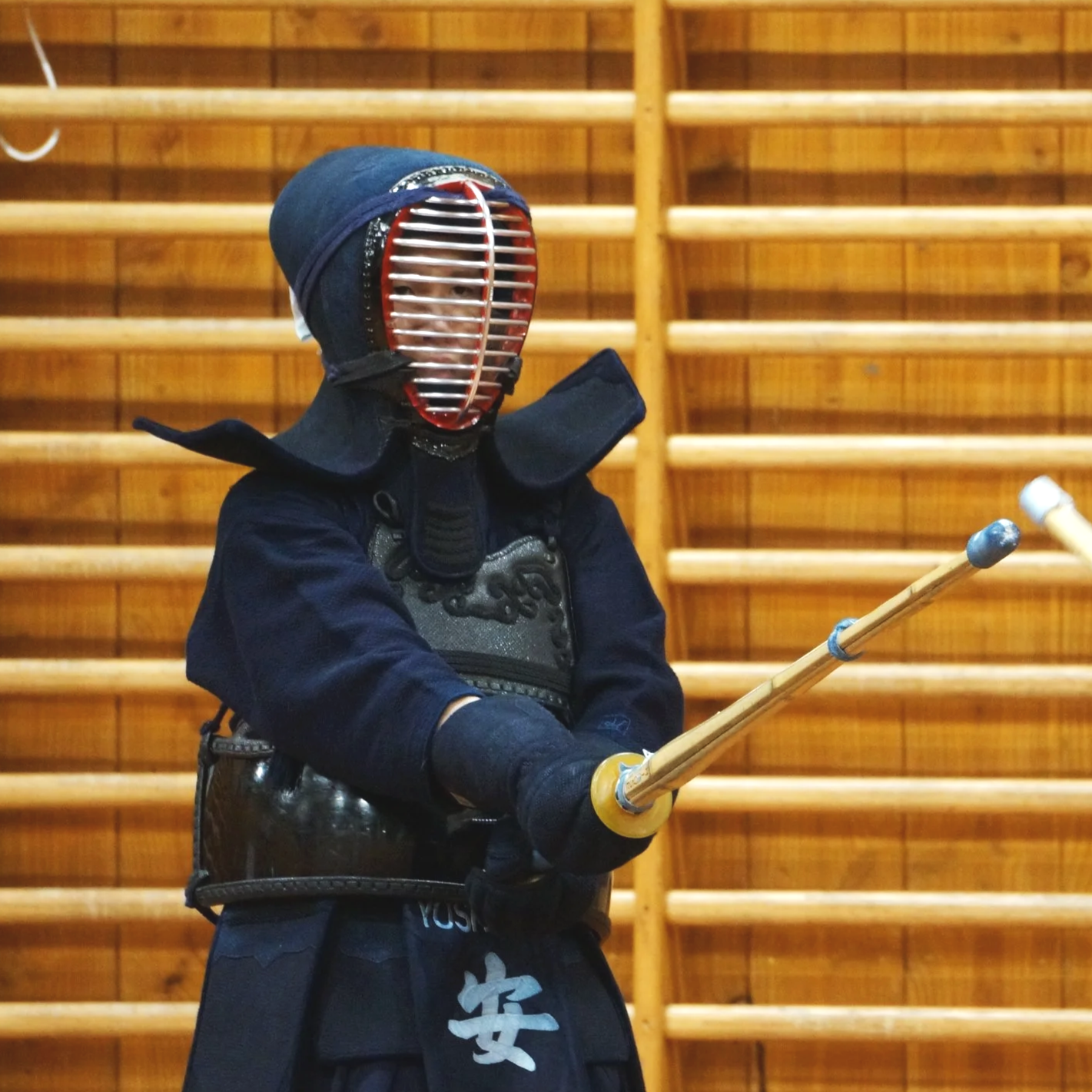
ABOUT
24 years on the Way of the Sword
Yōshinkan Kendo Club was founded on May the 4th, 2001 in Lower Hutt, New Zealand by Sue Lytollis Sensei and Liz Dutton Sensei.
Originally called the Hutt Kendo Club, it was renamed Yōshinkan by Ozawa Hiroshi Sensei, Hachidan and author of the Definitive Guide to Kendo. The meaning of Yōshinkan is to ‘Nurture Spirit, Soul and Mind’.
Since then, the club has moved to Wellington and trains in various locations around the city 3 times a week. Our team is composed of over 30 members with various levels of Kendo experience, many of whom have competed in tournaments nationally and internationally. Our door is always open to anyone who shares our passion for Japanese culture and hunger for growth and friendship.
Instructors
-

Sue Lytollis
6th Dan
-

Liz Dutton
5th Dan
-

Patrick Sharp
5th Dan
-

Alice Graham
4th Dan
-

Nicholas Robinson
4th Dan
-

Dao Tran
4th Dan
-

Carl Ann Liew
3rd Dan
What is Kendo?
Kendo is a modern martial art descended from historical Japanese swordmanship. The Samurai, the warrior class of feudal Japan, practiced a form of swordmanship called Kenjutsu. Kenjutsu was focussed on the practical sword fighting techniques Samurai found effective on the battlefield, and was passed down by various schools, or ryū. As Japan transitioned into an era of relative peace during the Edo period, the emphasis shifted from mortal combat towards technique, discipline and self cultivation, and during this evolution Kendo was developed.
Today, Kendo is practiced by over 6 million people worldwide. People who practice Kendo are known as Kendoka. They wear protective armour, known as Bogu, and wield bamboo swords called Shinai. During a match, Kendoka compete to accurately strike targets on their opponents armour, while avoiding or countering their opponents attacks. Valid targets include the head (men), gauntlets (kote), chestplate (do) and throat (tsuki). Points are awarded for accurate strikes made with control, commitment, high spirits, and with preparation to continue fighting and respond to counterattacks.
Kendo training typically consists of drills for learning correct technique and building mental and physical strength, coupled with free practice to try out and reinforce what you’ve learned. For beginners, the emphasis is on learning correct form and how to strike your opponent with Ki Ken Tai Ichi. This phrase contains all the elements of a good cut in Kendo:
Ki - The Kendoka’s spirit must be fully committed to the attack. This is expressed by shouting a confident and strong Kiai at the moment a cut makes contact.
Ken - The Kendoka must wield their sword with the correct technique and strike their intended target accurately.
Tai - The Kendoka’s body must move with control to create opportunities to strike, and to be prepared to continue fighting after a strike is made. A correct cut in Kendo will include a stamp, called fumikomi, which lands at the moment the sword makes contact with the opponent and the Kiai is made.
Progression in Kendo is measured through grading, similar to other Japanese martial arts. Outside Japan, beginners start at 7th Kyu, and as they master the basics and pass gradings, progress through the Kyu grades down to 1st Kyu. Once 1st Kyu is reached, Kendoka can then attempt to grade to 1st Dan, also known as Shodan. This is the equivalent of black belt in various other martial arts, although Kendoka don’t wear any indication of their grade on their armour. The maximum Dan grade which can be achieved is 8th Dan, or hachidan, through a lifetime of dedicated training. The highest Dan grade currently held in New Zealand is 7th Dan.
If you’d like to learn more, feel free to have a look at the excellent videos available below, and if you’d like to try it out, train with us.
